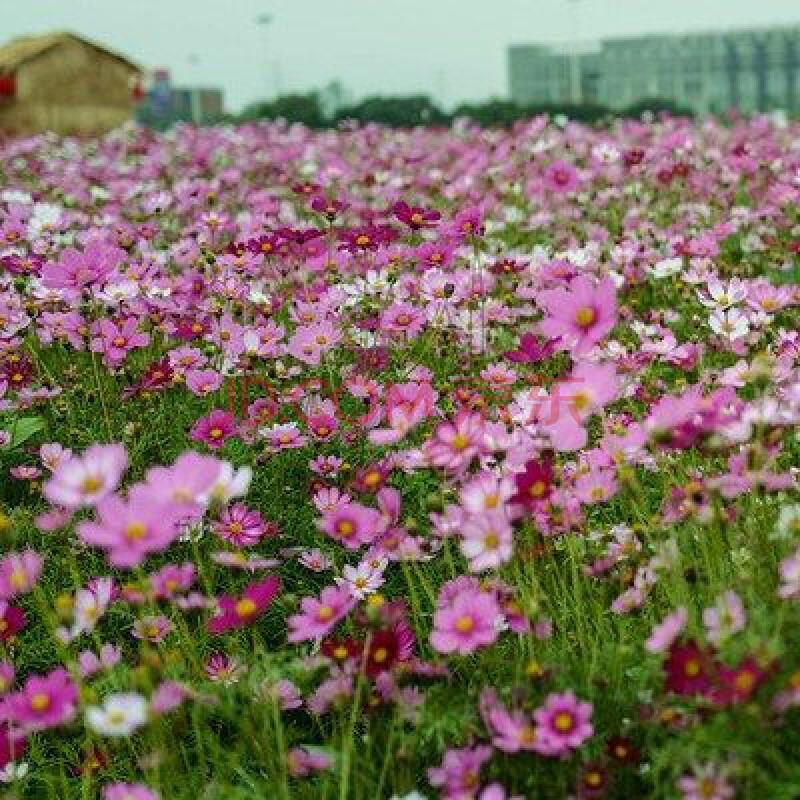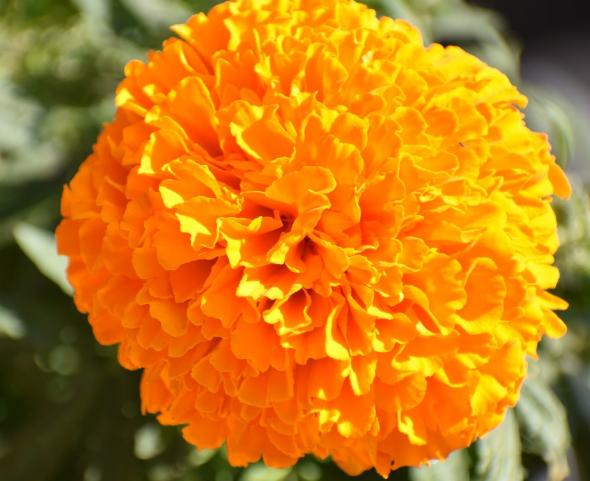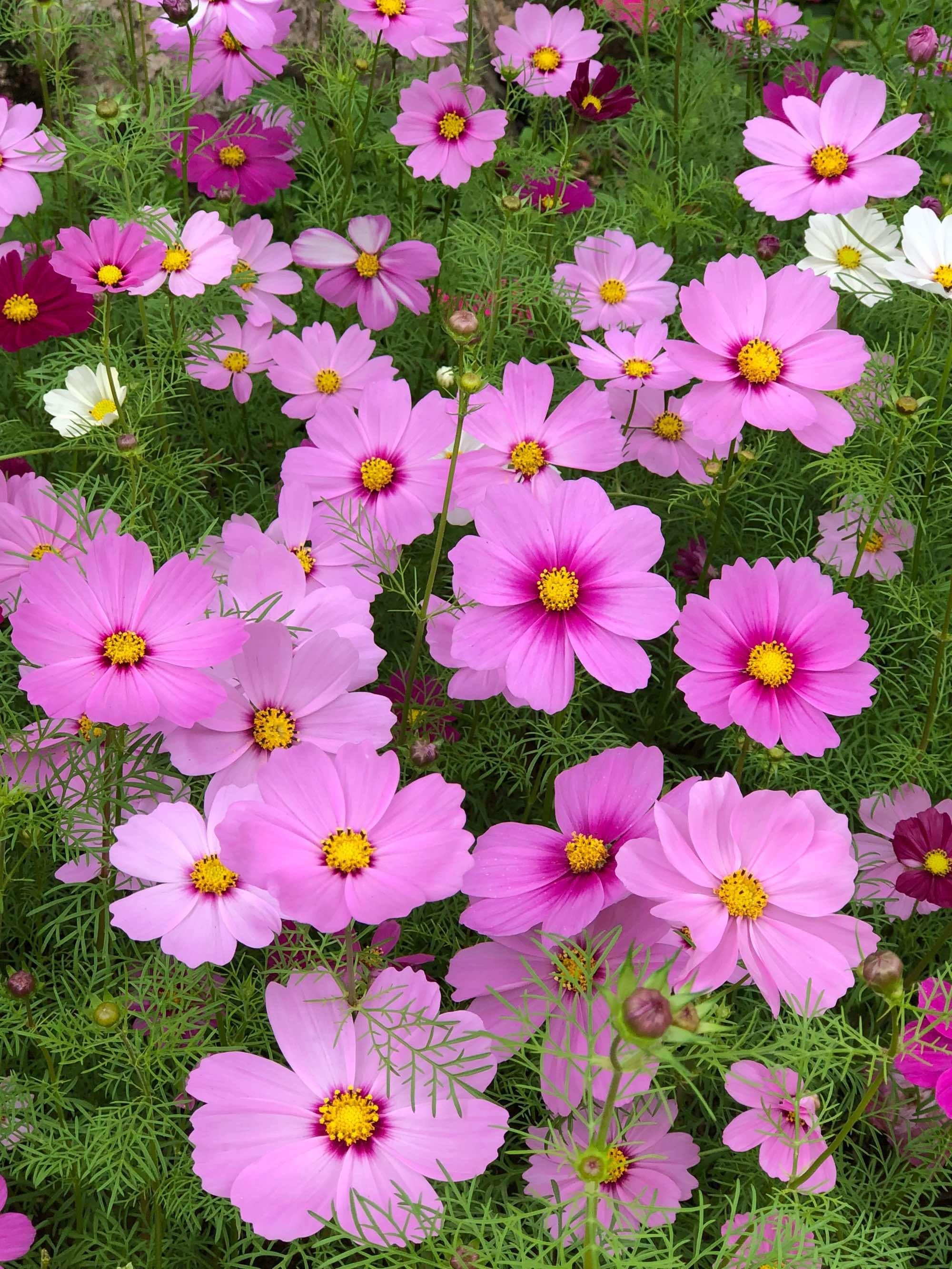Bromeliaceae is a fascinating family of plants that includes over 3,000 species, many of which are epiphytic – meaning they grow on other plants without harming them. One interesting story about Bromeliaceae is their unique and efficient method of absorbing water. Instead of relying solely on their roots like most plants, they have specialized leaves that form a rosette or cup-shaped structure, called a “tank,” that collects and stores rainfall and other sources of moisture. This adaptation allows them to thrive in a wide range of environments, from rainforests to deserts. Another interesting aspect of Bromeliaceae is their relationship with animals, particularly certain species of tree frogs who use the water collected in the tanks as a breeding ground for their tadpoles.
Picture
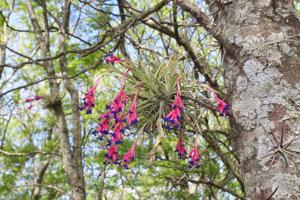
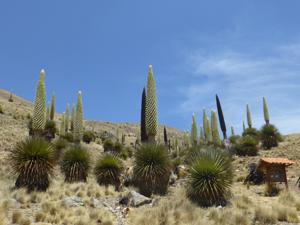
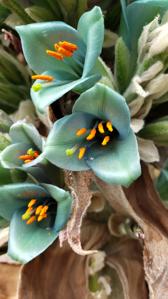
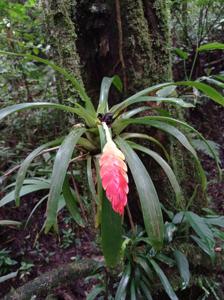
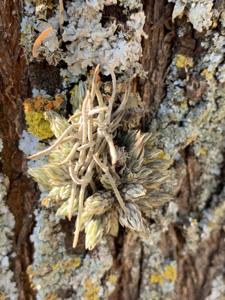
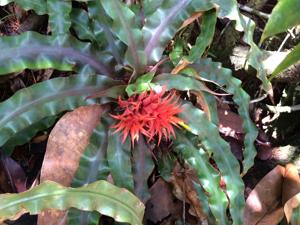
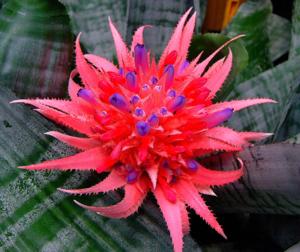
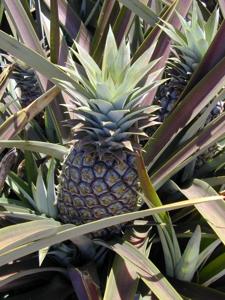
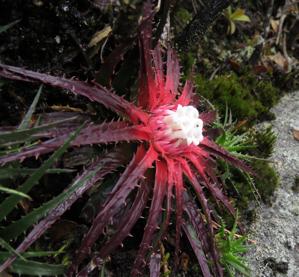
Plant some seeds now!
Short Description
The Bromeliaceae (the bromeliads) are a family of monocot flowering plants of about 80 genera and 3700 known species, native mainly to the tropical Americas, with several species found in the American subtropics and one in tropical west Africa, Pitcairnia feliciana.
It is among the basal families within the Poales and is the only family within the order that has septal nectaries and inferior ovaries. These inferior ovaries characterize the Bromelioideae, a subfamily of the Bromeliaceae. The family includes both epiphytes, such as Spanish moss (Tillandsia usneoides), and terrestrial species, such as the pineapple (Ananas comosus). Many bromeliads are able to store water in a structure formed by their tightly overlapping leaf bases. However, the family is diverse enough to include the tank bromeliads, grey-leaved epiphyte Tillandsia species that gather water only from leaf structures called trichomes, and many desert-dwelling succulents.
The largest bromeliad is Puya raimondii, which reaches 3–4 metres (9.8–13.1 ft) tall in vegetative growth with a flower spike 9–10 metres (30–33 ft) tall, and the smallest is Spanish moss.[citation needed]
Description
Bromeliad
Bromeliads are mostly herbaceous perennials, although a few have a more tree-like habit. Many are more or less succulent or have other adaptations to resist drought. They may be terrestrial or epiphytic, rarely climbing (e.g. Pitcairnia species). Some species of Tillandsia (e.g. Spanish moss, Tillandsia usneoides) are aerophytes, which have very reduced root systems and absorb water directly from the air. Many terrestrial and epiphytic bromeliads have their leaves in the form of vase-shaped rosettes which accumulate water. Individual leaves are not divided and have parallel veins without cross connections. The epidermis of the leaf contains silica. Bromeliad flowers are aggregated into inflorescences of various forms. The flowers have bracts, often brightly coloured, and distinct calyces of three sepals and corollas of three petals. The flowers have nectaries. They are pollinated by insects, birds (often hummingbirds) or bats, or more rarely (in Navia) they are wind-pollinated. Fruits are variable, typically taking the form of a capsule or a berry.
Bromeliads are able to live in an array of environmental conditions due to their many adaptations. Trichomes, in the form of scales or hairs, allow bromeliads to capture water in cloud forests and help to reflect sunlight in desert environments. Bromeliads with leaf vases can capture water and nutrients in the absence of a well-developed root system. Many bromeliads also use crassulacean acid metabolism (CAM) photosynthesis to create sugars. This adaptation allows bromeliads in hot or dry climates to open their stomata at night rather than during the day, which reduces water loss. Both CAM and epiphytism have evolved multiple times within the family, with some taxa reverting to C3 photosynthesis as they radiated into less arid climates.

